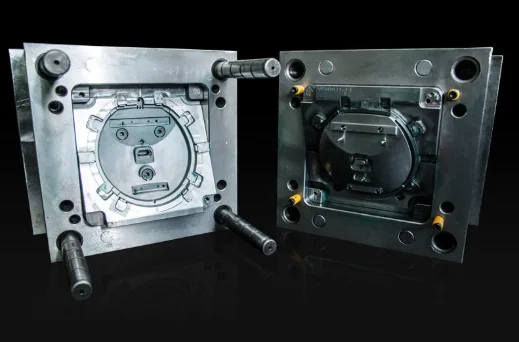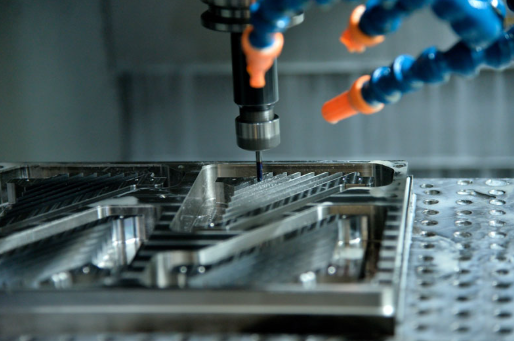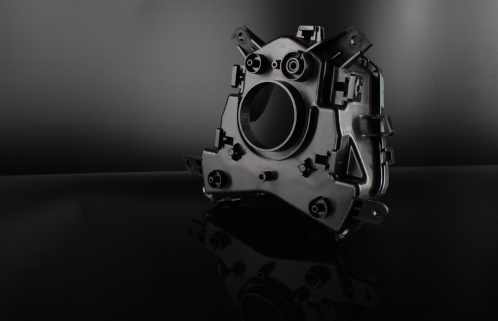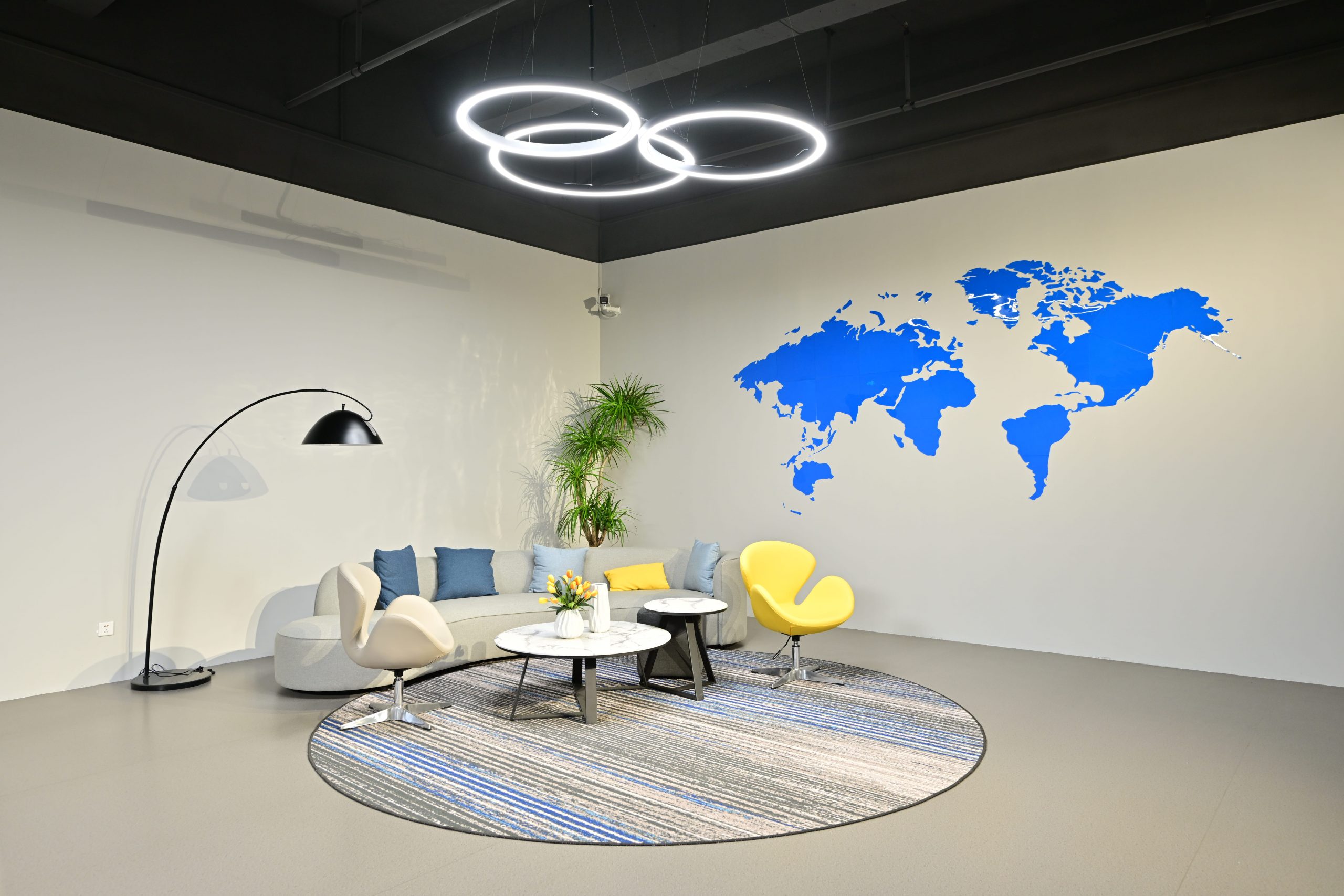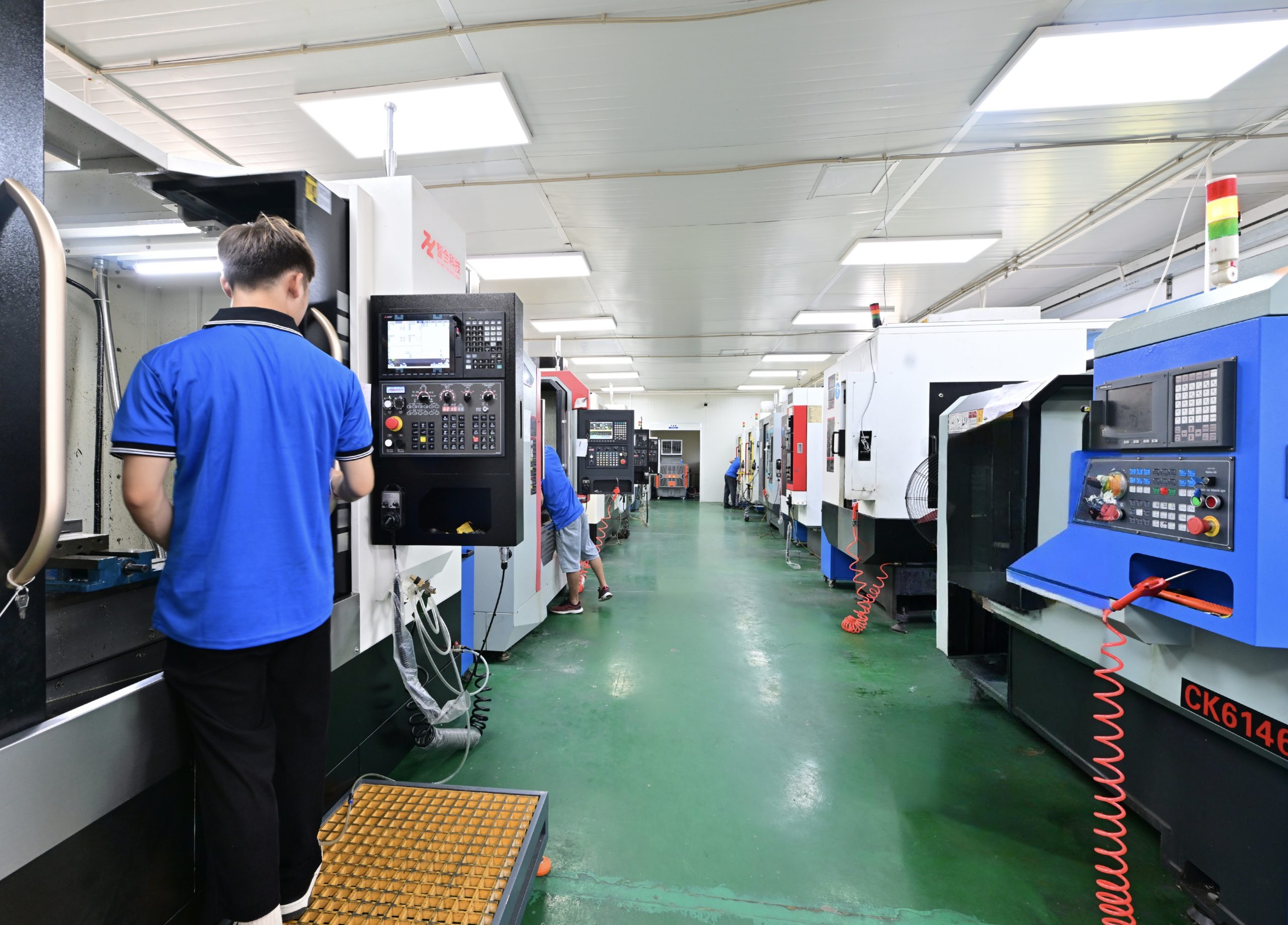The competition in the market for new products is very stiff. To succeed, you need to deliver results to your clients rapidly. As such, there is a lot of pressure in the manufacturing industry to deliver a new part or piece of technology.
With the rise of new manufacturing techniques and computer-assisted design, rapid prototyping has become a more cost-effective way of developing and testing new parts and products. As effective as rapid prototyping might be, some pitfalls are critical to its success.
Table of Contents
ToggleAdvantages of Rapid Prototyping and Its Impact
One of the greatest advantages of rapid prototyping is speed. Using any of the rapid prototyping techniques, manufacturers can have a part designed, shipped, and tested within a limited timeframe. This allows companies to put their products ahead of the competition. Here are some of the benefits of using rapid prototyping.
- Improves the product quality: Prototyping is an important process in product development. Having a prototype can improve the quality of the specifications and requirements of the clients. It provides the information they can use to anticipate the cost of production, changes needed, and potential issues that could impede production. A solid prototyping process can ensure product quality and save on production costs in the long run.
- Increase User’s Involvement: Another advantage of using rapid prototyping techniques is the involvement of the target user in product development. Prototyping encourages feedback from the user as they can interact with a functioning model. With their immediate feedback, changes and improves the model. It can eliminate misunderstandings and miscommunication during the product development process.
- Reduced Production Time and Cost: Nothing makes a manufacturer happy than a product produced within the budget. Since rapid prototyping improves the quality of the design, it helps the needed changes that reduce the cost exponentially. With prototyping, the product can be delivered faster and less expensive.
Disadvantages of Rapid Prototyping
No project development is perfect. Although there are many eyes during the prototyping process, quality control is still a major weakness of rapid prototyping. What is important is for the manufacturer to correct these disadvantages before using the rapid prototyping techniques.
- Incomplete product analysis: When you focus on a limited prototype, it could distract the product developers from analyzing the project completely. As a result, they tend to overlook potential solutions or get incomplete specifications of the prototype leading to poorly developed final projects.
- Confusion of the End-User: Most prototypes are often mistaken as the end product and this is the worst possible scenario. Customers seeing a roughly made product would not understand that it needs to be polished or finished. Another possible scenario is the customer wrongly interpreting the prototype as the final product. Customers may also love a feature on the prototype that is not part of the final product.
- Misunderstanding the Objectives of the User: For the product to be successful, there must be a common understanding between the product designer, developer, and the customer. If the customers want to include all the features, a conflict ensues if they do not reach a compromise.
Conclusion
The decision to engage in rapid prototyping will ultimately depend on the needs of the business. Although some manufacturers find some pitfalls when they use rapid prototyping, they find it useful for projects that require iterations and feedback from end-users.

